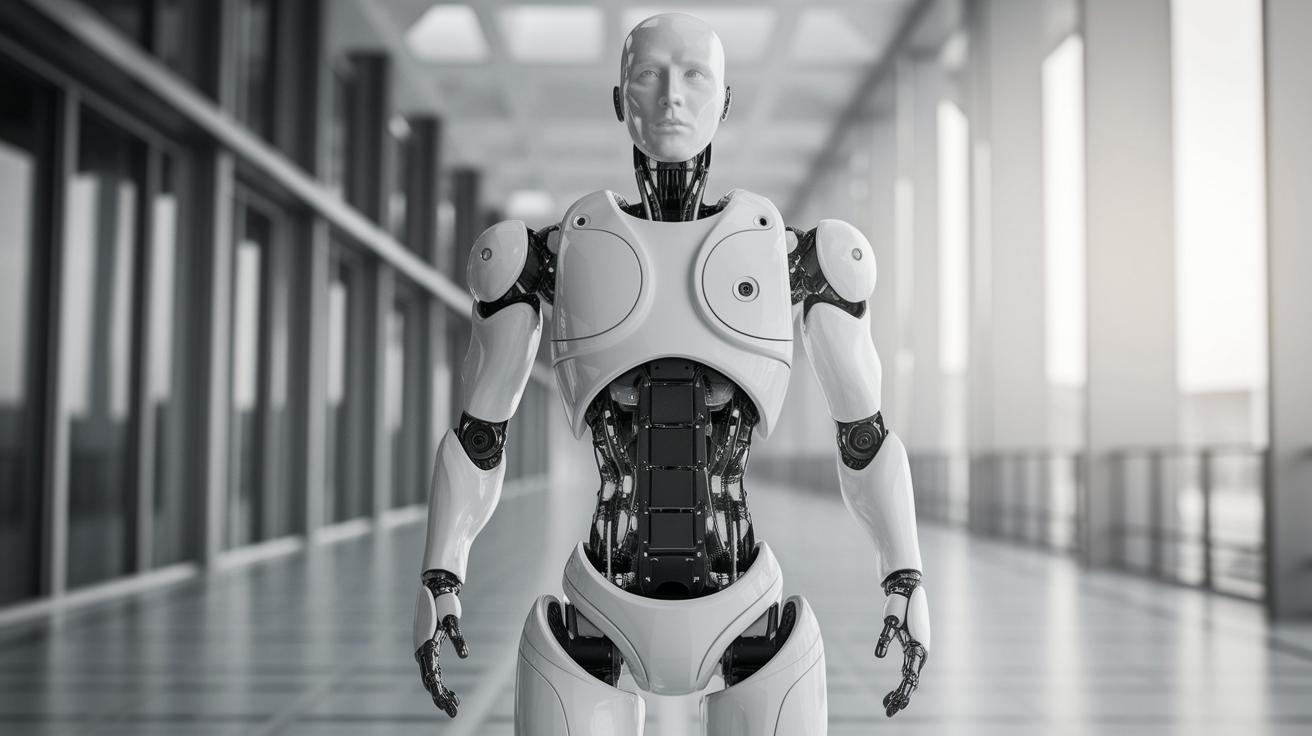Latest Innovations in Robotic Exoskeletons
Robotic exoskeletons represent the cutting-edge convergence of technology and human augmentation, showing significant promise in various fields such as healthcare, industry, and defense. These marvelous contraptions offer the potential to revolutionize how we think about mobility and power. This article explores how exoskeletons are currently used and the challenges they face, recent advancements in this technology, future prospects and challenges, and a spotlight on a key component supplier. Each section delves into the complexities and opportunities presented by these robotic aids, painting a broad picture of their role in current and future technological landscapes.
Current Exoskeleton Uses and Obstacles
Robotic exoskeletons have carved niches in various sectors thanks to their ability to augment human abilities. In healthcare, they are priceless for rehabilitation, helping individuals regain mobility lost due to spinal cord injuries or strokes. They are increasingly used to augment strength and endurance in the industrial sector, providing workers with the ability to lift heavy objects safely, reducing workplace injuries.
However, despite these uses, challenges remain. High costs and complex integration with human biomechanics are significant barriers to widespread adoption. Safety concerns are also paramount, as these machines must interact seamlessly with the human body without causing harm. Overcoming these obstacles is crucial for unlocking the full potential of exoskeleton technology in everyday applications.
Recent Exoskeleton Advances
Recent technological advancements have paved the way for smarter, more efficient exoskeletons. Progress in artificial intelligence and machine learning has enabled these devices to better understand and predict human movements, making them more intuitive and easier to use. Materials science has also played a role, with lighter and more durable materials enhancing user comfort and reducing fatigue.
Battery technology improvements are extending operational times, while innovations in sensor technology lead to more responsive systems. These advances are crucial for creating exoskeletons that are not only effective but also practical for daily use in various settings, from hospitals to factories.
The Future of Robotic Exoskeletons: Roadblocks and Recent Advances
Looking ahead, the future of robotic exoskeletons is undeniably bright, yet several roadblocks must be addressed for their potential to be fully realized. Considerations such as cost reduction and improved user interface design are at the forefront of research and development. As these devices become more sophisticated, the need for extensive testing and regulatory approval increases.
Moreover, societal and ethical considerations play a pivotal role. Ensuring equitable access to exoskeleton technology, assessing its impact on the job market, and addressing privacy concerns related to data collected by these devices will be crucial in shaping their future use and acceptance.
We’ve Only Scratched the Surface of Exoskeleton Technology
While remarkable progress has been made, the journey of exoskeleton technology is just beginning. Researchers and developers are continually exploring new applications, such as enhancing soldier endurance and capabilities in military contexts or aiding children with cerebral palsy in gaining mobility and independence.
As we continue to push the limits of what these machines can do, interdisciplinary collaboration will be key. Engineers, medical professionals, ethicists, and policymakers need to work together to ensure that exoskeleton technology not only advances but does so in a way that benefits society as a whole.
High Performance Servo Drives for Localized and Distributed Control Applications from Servo2Go.com
At the heart of many robotic exoskeletons are servo drives, pivotal for their performance and reliability. Companies like Servo2Go.com excel at providing high-performance servo drives that enable precise control over exoskeleton movements. Their products cater to both localized and distributed control applications, essential for the nuanced and variable movements required in exoskeleton operations.
By offering advanced flexibility and efficiency, these servo drives play a critical role in enhancing the adaptability and responsiveness of exoskeletons. Servo2Go.com’s innovations in this area help push the boundaries of what’s possible in robotic augmentation, ensuring that exoskeleton technology keeps up with the ever-evolving demands of its users.
Comments (0)
Post A Comment
Engage with our community by sharing your thoughts on robotic exoskeletons, your experiences with the technology, or any observations on the industry. Your feedback helps foster informed discussions and reflection on the future of these incredible tools.
Summary of Main Points
| Section | Key Points |
|---|---|
| Current Exoskeleton Uses and Obstacles | Used in healthcare and industry; challenged by cost, integration, and safety |
| Recent Exoskeleton Advances | Advances in AI, materials, battery, and sensor technology improve exoskeletons |
| The Future of Robotic Exoskeletons | Cost, usability, ethics, and regulatory issues are future considerations |
| We’ve Only Scratched the Surface | Continued research and interdisciplinary collaboration needed for new applications |
| High Performance Servo Drives | Servo2Go.com’s contributions to exoskeleton control technology |


